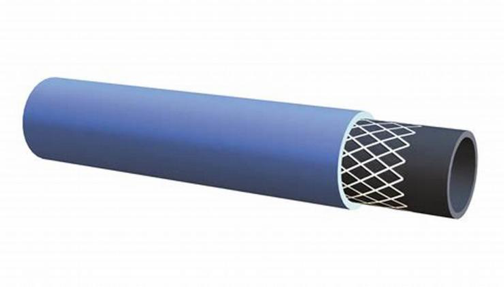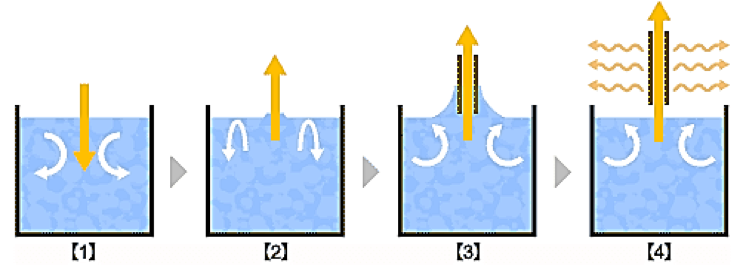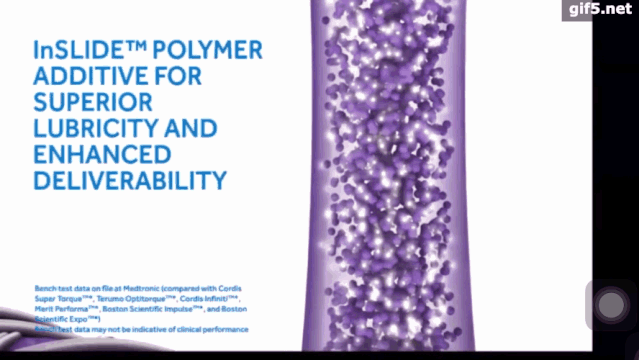Dip coating process: A new form of medical catheter technology
- A Single US$2.15-Million Injection to Block 90% of Cancer Cell Formation
- WIV: Prevention of New Disease X and Investigation of the Origin of COVID-19
- Why Botulinum Toxin Reigns as One of the Deadliest Poisons?
- FDA Approves Pfizer’s One-Time Gene Therapy for Hemophilia B: $3.5 Million per Dose
- Aspirin: Study Finds Greater Benefits for These Colorectal Cancer Patients
- Cancer Can Occur Without Genetic Mutations?
Dip coating process: A new form of medical catheter technology
- Red Yeast Rice Scare Grips Japan: Over 114 Hospitalized and 5 Deaths
- Long COVID Brain Fog: Blood-Brain Barrier Damage and Persistent Inflammation
- FDA has mandated a top-level black box warning for all marketed CAR-T therapies
- Can people with high blood pressure eat peanuts?
- What is the difference between dopamine and dobutamine?
- What is the difference between Atorvastatin and Rosuvastatin?
- How long can the patient live after heart stent surgery?
Dip coating process: A new form of medical catheter technology.
The hardness, tolerance, toughness, etc. represented by the raw tubing correspond to the various performance points of clinical needs.
Medical catheters are the most common tools in the hands of doctors, such as balloons, sheaths, and delivery systems.
These catheters contain one of the most basic underlying technologies, namely the processing of polymer materials, of which Extrude occupies most.
The polymer is formed into a simple raw material tube (Tube) by the extrusion process, and then the final state of the catheter device is formed through various subsequent assembly.

The hardness, tolerance, toughness, etc. represented by the raw tubing correspond to the various performance points of clinical needs.
It should be said that a good extrusion process can meet almost all the parameters and performance requirements of medical catheters.
However, with the clinical requirements for low tolerances, ultra-thin wall thicknesses, and high torques for certain devices, the extrusion process is somewhat strenuous when facing these requirements. Thus, the dip coating process (dip coating) has come to its time to exert its power.
Simply understand, the dip coating process is to liquidize the polymer material, and then dip the tool (mandrel) into the solution to form the raw material pipe.
The image is understood to be like a layer of paint, forming a thickness, and then becoming a tube.

There are several most practical and important points of the dipping process for the clinic:
01 Tolerance
The instruments that all doctors want to use should not be too large or too small, and the size is just right.
For extrusion and subsequent processing, the tolerance of +/-0.01mm is already extremely difficult, which is an unavoidable processing reality; but for the dip coating process, extremely small tolerances can be easily achieved.
Unlike the one-time extrusion molding, the pipe under the dip coating process generally needs 30-50 dips to form a thickness of 1-2mm.
The thickness of the wall formed by one dip can be said to be extremely thin, individual materials It can even be as thin as 0.0001″, and the corresponding tolerance is also extremely small.
02 Torque
The doctor didn’t want the catheter in his hand to be flexible and natural in the blood vessel, which is called good twist control in professional terms.
The catheter made by the traditional process can be designed to approach the 1:1 torque with the complex process. However, for the dip coating process, it is naturally equipped with 1:1 properties.
During the dip coating process, the various layers of the catheter are almost “fused” with other parts through the adhesion of liquid materials, rather than simply superimposing materials.
It is this fusion that makes the catheter become one. The rotation in the doctor’s hand is 90 degrees, and the rotation in the distal blood vessels is also 90 degrees.

03 performance meets
The performance of polymer materials is superimposed, whether it is raw material modification or subsequent compounding, the family and molecular chain of the material itself must be considered, which is quite difficult. It can be said that this area has always been an “unlimited possibility” that medical companies have been trying.
For the dip coating process, as long as the different polymers are liquefied, and then the performance of the two is combined in a “one layer for you, one layer for me” method, a more satisfactory overall performance change can be achieved; at the same time, it can be passed The number of dip coatings, adjust the performance ratio of the two.
Valve guide wire cavity, urinary instrument delivery, nerve access, etc., are currently the places where the coating process exerts great value.
It should be said that this process has brought unlimited imagination to many clinical pain points.
The dip coating process is not the ultimate form of catheter technology, but is complementary to other current device processes.
It’s just that new technology provides new possibilities and directions, and opens up more ways to solve clinical pain points and enhance clinical value.
Dip coating process: A new form of medical catheter technology
(source:internet, reference only)
Disclaimer of medicaltrend.org
Important Note: The information provided is for informational purposes only and should not be considered as medical advice.



